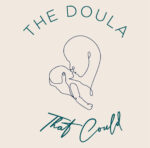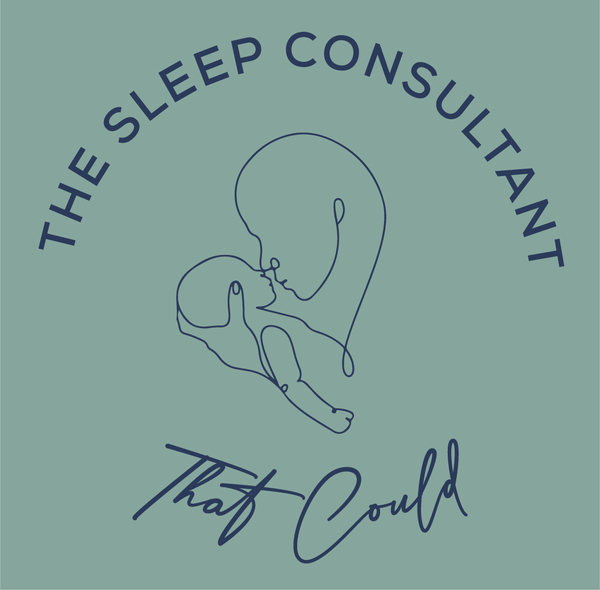Sweet Dreams and Tiny Tummies: Navigating Infant Sleep, Nutrition, and Breastfeeding
4 Important Facts
Navigating the world of baby sleep patterns and nutritional needs can be exciting and overwhelming for a new parent. Understanding your baby’s unique needs and finding the right balance between nurturing and structure is essential for both you and your little one. Infant feeding patterns are intricately linked to their sleep routines. The frequency and timing of feeds can significantly impact a baby’s sleep pattern. Newborns have small stomachs and need to feed frequently, which often results in short bursts of sleep. At the same time, newborns can easily become overtired because they have small wake windows. So how do you know when your baby is hungry or overtired and how do you know that you are meeting their calorie intake when you are breastfeeding? Let’s explore some key insights to help you decipher the puzzling world of a newborn.
1. The Sleep Dance: Newborns to Toddlers
Let’s first look at how sleep patterns and needs change throughout the first two years of your baby’s life. I show you this because I want parents to understand that during their baby’s first year of life, we might need to adjust to the baby’s natural clock. Working with set schedules is not really realistic under 8 months old so we will have to keep an eye to wake windows. This doesn’t mean we cannot start a bedtime/nap routine. In fact, we can start building on those independent sleep skills from day one. Everyone loves routines; we are all creatures of habit, so the earlier you start a consistent routine, the better in the long run.
Your baby’s sleep patterns evolve faster than your phone’s apps. Here’s a quick rundown so you know where you are heading:
Newborns (0-4 months): These tiny humans are like nocturnal creatures who sleep a lot but don’t expect marathon stretches—newborns snooze at 1-4 hour intervals. You might have an occasional 4-6 hour stretch, especially during the first days after being born. Their little brains are firing up like a thousand light bulbs. Neurologically, there’s a lot going on, and sleep becomes their favourite pastime. But not for long, so don’t worry if, for the first weeks, you have to wake up baby for feeding. I promise, around week 3 or 4, they will be up and more aware, and you might start struggling to get the baby to sleep in their cribs. So keep an eye on wake windows and familiarize yourself with the not-so-obvious cues of tiredness; it’s all about finding the sweet spot when they are tired enough to go to sleep land without too much effort.
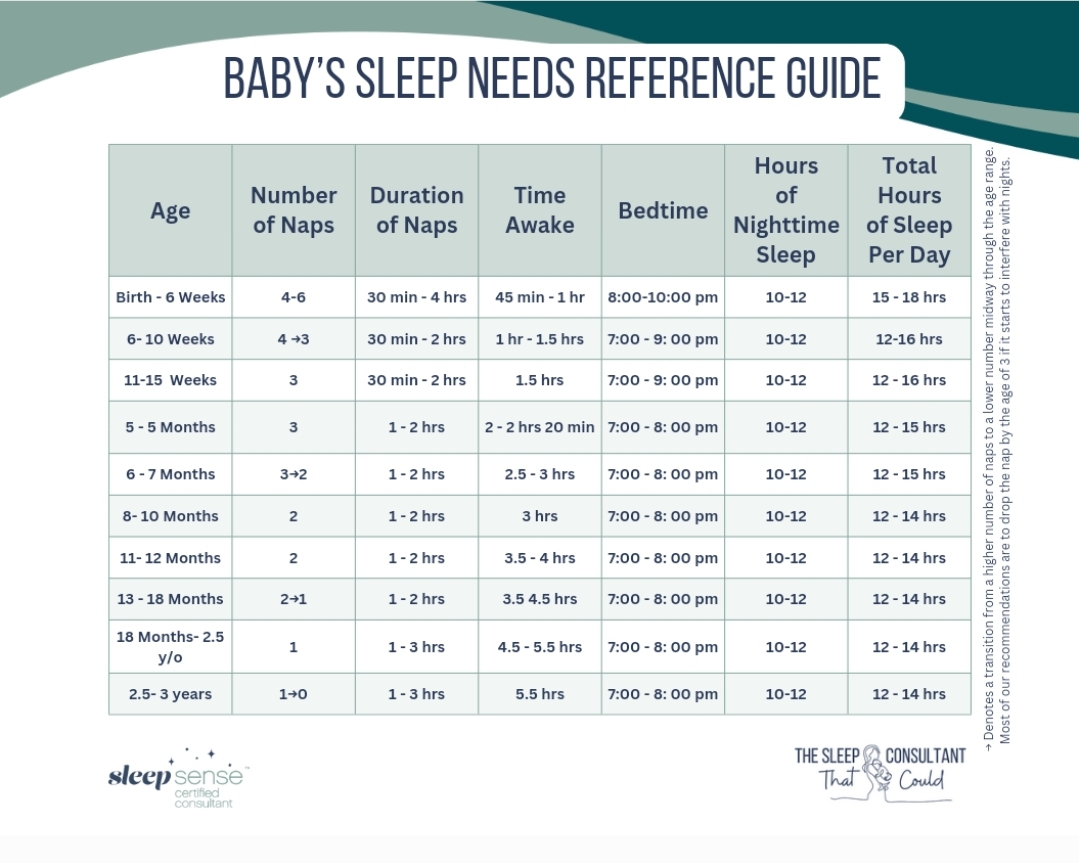
- Infants (4-6 months): As your baby grows, sleep intervals stretch. At this stage, they need about 14-15 hours of sleep daily, with 4-hour naps. Some babies naturally start sleeping through the night, but most still need at least one night feed. Work your best to keep night wakings quiet and boring—feed, burp and back to bed. Keep enough light so you don’t trip, and try not to feed to sleep. If your baby starts to fall asleep and is drinking slower or has stopped, pause the feeding, burp and either put baby back to crib or continue the feeding if not done.
- Toddlers (1-2 years): By now, your little explorer is down to 12 -14 hours of sleep, split between nighttime (10-12 hours) and daytime naps (2-3 hours). They’re practically sleep veterans! Around this age, they usually have at least one solid nap (2.5-3 hours) and respond better to set schedules.
2. The Tummy Chronicles: Nutritional Needs
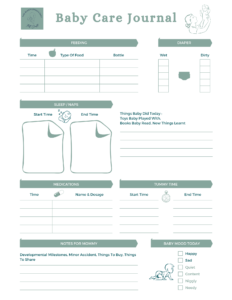
Download your Baby Care tracker for FREE HERE
Your newborn’s tummy is tiny, necessitating frequent feeds to fuel their rapid growth. However, this also means short bursts of sleep for newborns. As parents, your primary objective is to provide nourishment while gradually guiding your infant into a more structured routine. This is not a time to worry about bad sleep habits. Newborns do not have bad sleep habits; they are brand new! Feeding on demand is always the best approach.
It is also true that newborns soothe at the bottle or breast. The oral cavity has receptors that trigger oxytocin, releasing hormones that promote calm and contentment. So how do you know baby is feeding to fulfill their nutritional needs or feeding to sooth? You keep a journal, at least for the first weeks, until you master reading your baby’s cues. Pay attention to baby swallowing sounds and body language: closed fist usually means they are actively feeding, and relaxed hands mean a full tummy and a happy baby. The first weeks with a newborn can be erratic, so keeping a journal is helpful to track “good days” so you can always go back and try to repeat the sequence of those days until you develop a routine. If you are bottle feeding, track quantities; if breastfeeding, track time. Other things to track are nap time and length, wake periods and routines and YOUR food intake. Birthing parents often neglect their own nutritional requirements; the lack of sleep and poor nutrition increases fatigue and the blues! So take care of yourself.
Visit The Nanny That Could and download my 7 days meal for postpartum recovery HERE
3. The Digestive System: Size Matters
Let’s talk about those pint-sized tummies. Newborns have stomachs roughly the size of a cherry—about 5-7 millilitres! Imagine trying to fit a Thanksgiving feast into that! When I attend births as a doula, I carry a card with an image of a cherry, a walnut, and an apricot next to my ID card on my neck to remind parents that newborns have tiny stomachs and avoid overfeeding and stress. And even though it is technically impossible to overfeed a baby ( they will simply throw up), parents often think that if a baby is crying, they are hungry. Babies cry; soon, you will also learn the difference between crying for hunger and other reasons.
As your baby grows, so does their stomach capacity. By 6 months, it’s closer to an egg-sized 90 millilitres. So, when your little one seems fussy after a few sips, remember: their tummy might be saying, “Hey, that’s enough, Mom and Dad!”
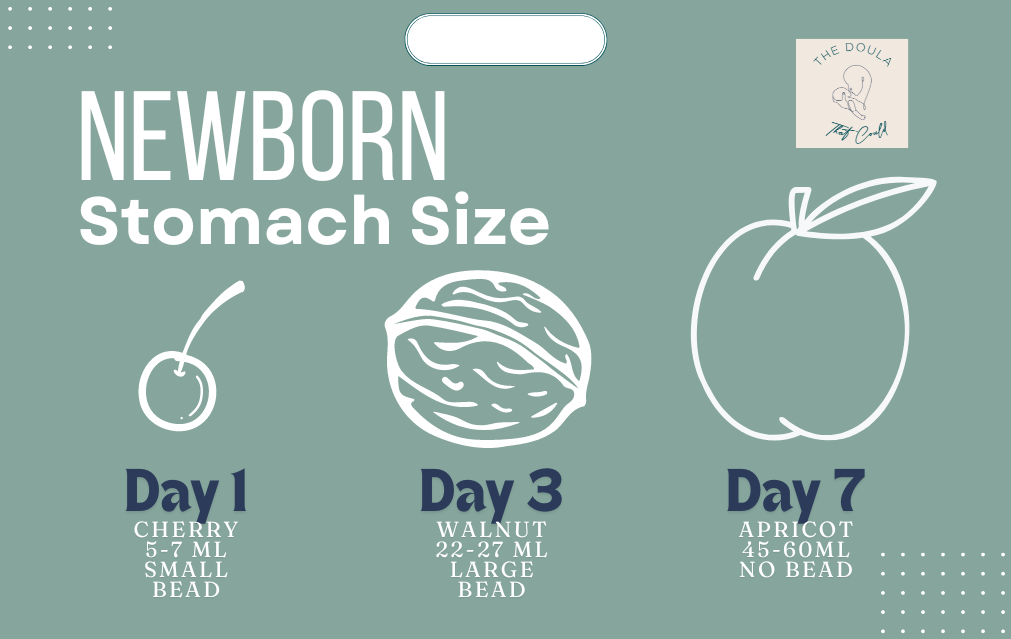
4. Breastfeeding Myths and Realities

Breastfeeding is a beautiful bonding experience, but it comes with challenges. Let’s debunk some myths:
- Myth: Low Supply Panic! Many parents worry about insufficient milk supply. Remember, your body adjusts to meet your baby’s needs. Frequent nursing stimulates milk production. Trust the process!
- Reality: Cluster Feeding Ever noticed your baby nursing nonstop? That’s cluster feeding—a growth spurt in disguise. Your baby’s signalling, “I need more milk, pronto!” Hang in there; it’s temporary.
- Myth: Formula as a Last Resort. Formula isn’t the enemy. Sometimes, it’s a superhero cape when breastfeeding isn’t working well. Fed is best, whether from the breast or a bottle or both.
As you rock your little one to sleep, remember that every baby is unique. Some snooze like hibernating bears, while others prefer catnaps. Trust your instincts, seek support, and cherish these precious moments. Soon, you’ll remember those midnight cuddles with a bittersweet smile.
Sweet dreams, new parents! Your tiny explorer is counting sheep, and you’re their guiding star.
References
Infant sleep. (n.d.). Stanford Medicine Children’s Health. https://www.stanfordchildrens.org/en/topic/default?id=infant-sleep-90-P02237
Moberg, K. U., Julius, H., Handlin, L., & Petersson, M. (2022). Editorial: Sensory Stimulation and Oxytocin: Their Roles in Social Interaction and Health Promotion. Frontiers in Psychology, 13. https://doi.org/10.3389/fpsyg.2022.929741
Do you need help navigating the first days with a newborn? Book a 1-hour consultation with The Doula That Could. They will walk you through common challenges and teach you how to navigate them, answer all your questions, guide you through breastfeeding, and, of course, sleep! Book HERE
Are you in need of personalized sleep support? Our newborn package offers assistance from day one until 16 weeks old. Schedule a free consultation to learn more about our services.

One-on-one support from day one until week 16.





